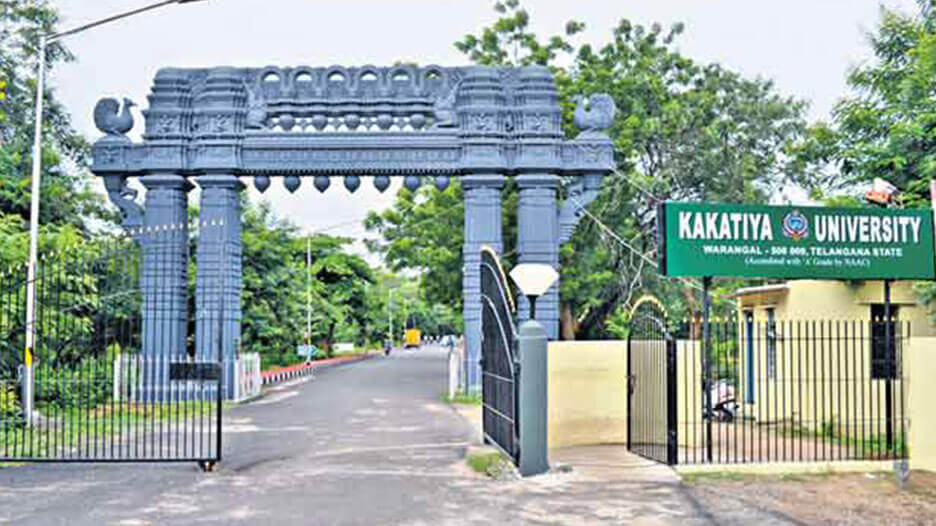Construction sector of India set to generate over 10 crore jobs by 2030: Report
Fri 04 Aug 2023, 23:39:53

A recent report by Knight Frank India and the Royal Institution of Chartered Surveyors (RICS) highlights the significant role of India's construction sector as the second-largest employment generator. Currently, the sector employs a workforce of 7.1 crore (71 million) individuals, and this number is expected to surpass 10 crore (100 million) by the year 2030.
The report indicates that the output from India's real estate sector is predicted to reach USD 1 trillion by 2030, a substantial increase from the existing USD 650 billion.
With a focus on skilled employment in the construction sector, the report addresses the existing levels and gaps in skilled workforce. It emphasises that as India's real estate and infrastructure sectors continue to grow, the demand for skilled employees will rise significantly. Technological advancements in the construction industry have led to increased productivity, further fueling the need for skilled workers.
As per the report, India's construction sector is the second largest employment generator and as of 2023, 71 million (7.1 crore) of the workforce is estimated
to be employed in the construction sector. However, 81 per cent of this workforce is unskilled and only 19 per cent are skilled employees.
to be employed in the construction sector. However, 81 per cent of this workforce is unskilled and only 19 per cent are skilled employees.
The report suggests that the demand for skilled employees will come from developers, construction companies, and consulting firms, among others. To meet this demand, the supply of skilled manpower is expected to be generated through government initiatives, academic institutions, and training institutes.
As per the estimates by the National Skill Development Council (NSDC), 87 percent of the overall workforce (skilled and unskilled) is absorbed by the real estate sector, while the remaining 13 percent is absorbed by the infrastructure sector.
Out of the total construction workforce of 71 million, 4.4 million are core skilled employees, including engineers, technicians, and clerical staff, while 6.9 million are vocationally-trained employees.
The report underlines the significance of addressing the skill gap in the construction sector to harness its potential for robust economic growth and to ensure the fulfilment of employment targets.
No Comments For This Post, Be first to write a Comment.
Most viewed from Edu and Jobs
AIMIM News
Latest Urdu News
Most Viewed
May 26, 2020
Do you think Canada-India relations will improve under New PM Mark Carney?
Latest Videos View All
Like Us
Home
About Us
Advertise With Us
All Polls
Epaper Archives
Privacy Policy
Contact Us
Download Etemaad App
© 2025 Etemaad Daily News, All Rights Reserved.






























